Bodybuilders and powerlifters both lift weights, but they often look like they come from different planets! Where bodybuilders have massive muscles, great proportions, and are ripped, powerlifters are often just big all over. Powerlifters are also usually much stronger than bodybuilders.
Of course, there are always exceptions to this rule. 8-time Mr. Olympia winner Ronnie Coleman was a huge bodybuilder who was also immensely strong. Champion lifter Dan Green looks like he could enter almost any bodybuilding show and win. However, for the most part, the comparison is accurate and true.
Bodybuilders and powerlifters train differently. They might do similar exercises, but they use different sets, reps, and weight schemes. Where bodybuilders mainly use short rests between sets, powerlifters use much longer recoveries. Short rests are proven to be one of the best ways to trigger hypertrophy (1).

Powerlifters also perform lower reps using very heavy weights, just 3-5, for example. Bodybuilders tend to use lighter weights and do higher reps, such as 12, 15, or even 20.
Bodybuilders also use a greater variety of exercises than powerlifters. Exercise variety is very important for muscle growth but less crucial for strength (2). Powerlifters spend a lot of time practicing the lifts they have to perform in competition, namely the barbell back squat, the barbell bench press, and the deadlift.
Does this mean you need to choose between bodybuilding and powerlifting? Absolutely not. The good news is you can get big AND strong with power building.
Level Up Your Fitness: Join our 💪 strong community in Fitness Volt Newsletter. Get daily inspiration, expert-backed workouts, nutrition tips, the latest in strength sports, and the support you need to reach your goals. Subscribe for free!
What is power building?
Power building combines the best of bodybuilding and powerlifting. You’ll not only get big; you’ll get a lot stronger too. For many exercisers, this is the ideal combination of aesthetics (looks) and performance.
A power building program involves low rep, heavyweight training to increase maximal strength and lower weight, higher rep training to trigger hypertrophy (muscle growth). Squats, bench presses, and deadlifts are cornerstones of this type of training but classic bodybuilding exercises are also included to increase training volume and time under tension, and also provide the muscle microtrauma (muscle damage) and exercise variety necessary for building muscle mass.
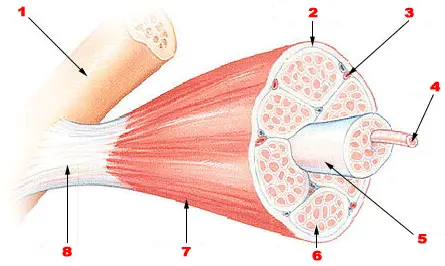
Who is power building for?
While beginners might like the look of power building, this type of workout is only really suitable for intermediate and advanced exercisers. Lifting heavy weights can be hard on your body and most beginners aren’t ready for such an intense workout.
In addition, if your lifting technique isn’t perfect, you run the risk of injury when lifting near-maximal weights. Only attempt this workout is you have been training consistently for 12 months or more, and have mastered squats, bench presses, and deadlifts.
The benefits of power building
The main benefit of power building is that it addresses two training goals at the same time – increasing strength and increasing muscle mass. However, you should also experience the following additional benefits:
- Increased performance in the compound lifts – train hard and eat right, and your performance in the squat, deadlift, bench press, and overhead press will increase dramatically. If you’ve ever wanted to increase your one-repetition maximum (1RM) and discover how much you can lift, this is the training style for you.
- Greater hypertrophy – as you get stronger in the compound exercises, you’ll be able to use more weight in the secondary bodybuilding-type exercises. This will lead to increased muscle growth.
- A stepping stone into powerlifting – if you enjoy power building, you may want to try your hand at powerlifting. A power building program is a great way to get into this exciting but accessible strength sport. A lot of powerlifters start out this way.
Power building workout split
Here is a four-day per week power building program designed to increase both muscle size and strength. Follow it for 12 weeks and then change your workout to avoid boredom and plateaus.
For this workout, you are going to divide your body in half, training your upper body and your lower body separately. Each body part is trained twice a week, once using powerlifting-style training, and once using a bodybuilding-style approach.
Here’s your weekly workout plan:
| Monday | Lower body strength |
| Tuesday | Upper body build |
| Wednesday | Rest |
| Thursday | Lower body build |
| Friday | Rest |
| Saturday | Upper body strength |
| Sunday | Rest |
On rest days, feel free to do some light cardio, stretching, and core training. Limit your workouts to 30-40 minutes, though; save your energy for your gym sessions.
The workouts
With all exercises, try to increase your weights from one week to the next. This is important for muscle growth, but even more so for building strength. Use your first week of training to establish your weights, and then work hard to increase them over the following 11 weeks.
Make sure you warm up before each workout. This will prepare your body for the training you are about to do and may also reduce your risk of injury. Do a few minutes of easy cardio, some dynamic stretches and mobility exercises for the joints and muscles you are about to use, and a few practice sets using progressively heavier weights. For example:
- 20 reps empty bar
- 10 reps 40kg
- 6 reps 60kg
- 3 reps 80 kg
- 100kg – first “real” work set
Level Up Your Fitness: Join our 💪 strong community in Fitness Volt Newsletter. Get daily inspiration, expert-backed workouts, nutrition tips, the latest in strength sports, and the support you need to reach your goals. Subscribe for free!
Workout 1 – lower body strength
| Exercise | Sets | Reps | Recovery | |
| 1 | Deadlifts | 5 | 3 | 3 minutes |
| 2 | Squats | 5 | 3 | 3 minutes |
| 3 | Romanian deadlifts | 3 | 6 | 2 minutes |
| 4 | Front squats | 3 | 6 | 2 minutes |
| 5 | Bulgarian split squats | 2 | 8 per leg | 90 seconds |
Workout 2 – upper body build
| Exercise | Sets | Reps | Recovery | |
| 1 | Incline dumbbell bench press | 4 | 10 | 90 seconds |
| 2 | Lat pulldowns | 3 | 12 | 60 seconds |
| 3 | Arnold dumbbell shoulder press | 4 | 10 | 90 seconds |
| 4 | Seated cable rows | 3 | 12 | 60 seconds |
| 5 | Cable crossovers | 3 | 15 | 60 seconds |
| 6 | Cable lateral raises | 3 | 15 | 60 seconds |
| 7 | Alternating dumbbell curls | 3 | 10 | 90 seconds |
| 8 | Triceps pushdowns | 3 | 10 | 90 seconds |
Workout 3 – lower body build
| Exercise | Sets | Reps | Recovery | |
| 1 | Leg press | 4 | 10 | 90 seconds |
| 2 | Leg curls | 3 | 12 | 60 seconds |
| 3 | Good mornings | 4 | 10 | 90 seconds |
| 4 | Leg extensions | 3 | 12 | 60 seconds |
| 5 | Walking lunges | 3 | 15 per leg | 60 seconds |
| 6 | Seated calf raises | 3 | 12 | 60 seconds |
| 7 | Standing calf raises | 3 | 12 | 60 seconds |
Workout 4 – upper body strength
| Exercise | Sets | Reps | Recovery | |
| 1 | Bench press | 5 | 3 | 3 minutes |
| 2 | Weighted pull-ups | 4 | 5 | 2 minutes |
| 3 | Barbell shoulder press | 5 | 3 | 3 minutes |
| 4 | Pendlay rows | 4 | 5 | 2 minutes |
| 5 | Power curls | 3 | 6 | 2 minutes |
| 6 | Weighted dips | 3 | 6 | 2 minutes |
Diet for power building
This is not a weight loss or cutting program! If you don’t supply your body with plenty of calories and macronutrients, you won’t make much progress, and all of your efforts will be wasted. By all means follow a cutting program and diet after you have finished power building, but for now, you need to eat big to get big.
Calories
You need to provide your body with enough energy for training, recovery, and growth. Try to consume 500 calories more than your normal maintenance level per day.
Use a food tracking app to work out how many calories you need to grow. If you aren’t gaining weight, you probably aren’t eating enough. Eat three main meals per day and 2-3 snacks to make sure you are getting the calories you need.
Protein
You need about one gram of protein per pound of bodyweight to repair your muscles after training and get bigger and stronger.
Good protein sources include meat, poultry, eggs, and dairy, as well as nuts, legumes, and protein supplements. Protein should make up around 25-30% of your daily calorie intake (3).
Carbohydrates
Low carb diets are good for fat loss, but this isn’t a fat loss training program. You need carbs for energy, and too few will mean you aren’t able to train as hard or as long as you need to. About 55-60% of your calorie intake should come from carbs (3).
Fats
You need fats for energy and for your health. Fats are also crucial for the synthesis of anabolic (muscle building) hormones, such as testosterone and human growth hormone. 15-20% of your calories should come from fat, preferably from healthy sources such as olive oil, coconut oil, nuts, avocados, and oily fish (3).
Avoid processed, unhealthy trans fats whenever possible.
Summary
Powerlifter strong? Bodybuilder big? Why choose when you can be both? Power building combines two great training approaches to give you the best of both worlds. You’ll not only look great; you’ll also turn heads in the gym with the massive weights you can lift.
Remember that your diet is important too. You won’t get the results you want unless you align your diet to your training. But, if you combine smart, hard training with a proper diet, you can get big AND strong at the same time.
References:
PubMed: Short vs. long rest period between the sets in hypertrophic resistance training: influence on muscle strength, size, and hormonal adaptations in trained men https://www.ncbi.nlm.nih.gov/pubmed/16095405
National Strength and Conditioning Association: Changes in Exercises Are More Effective Than in Loading Schemes to Improve Muscle Strength https://journals.lww.com/nsca-jscr/fulltext/2014/11000/Changes_in_Exercises_Are_More_Effective_Than_in.9.aspx
PubMed: Macronutrient considerations for the sport of bodybuilding https://www.ncbi.nlm.nih.gov/pubmed/15107010

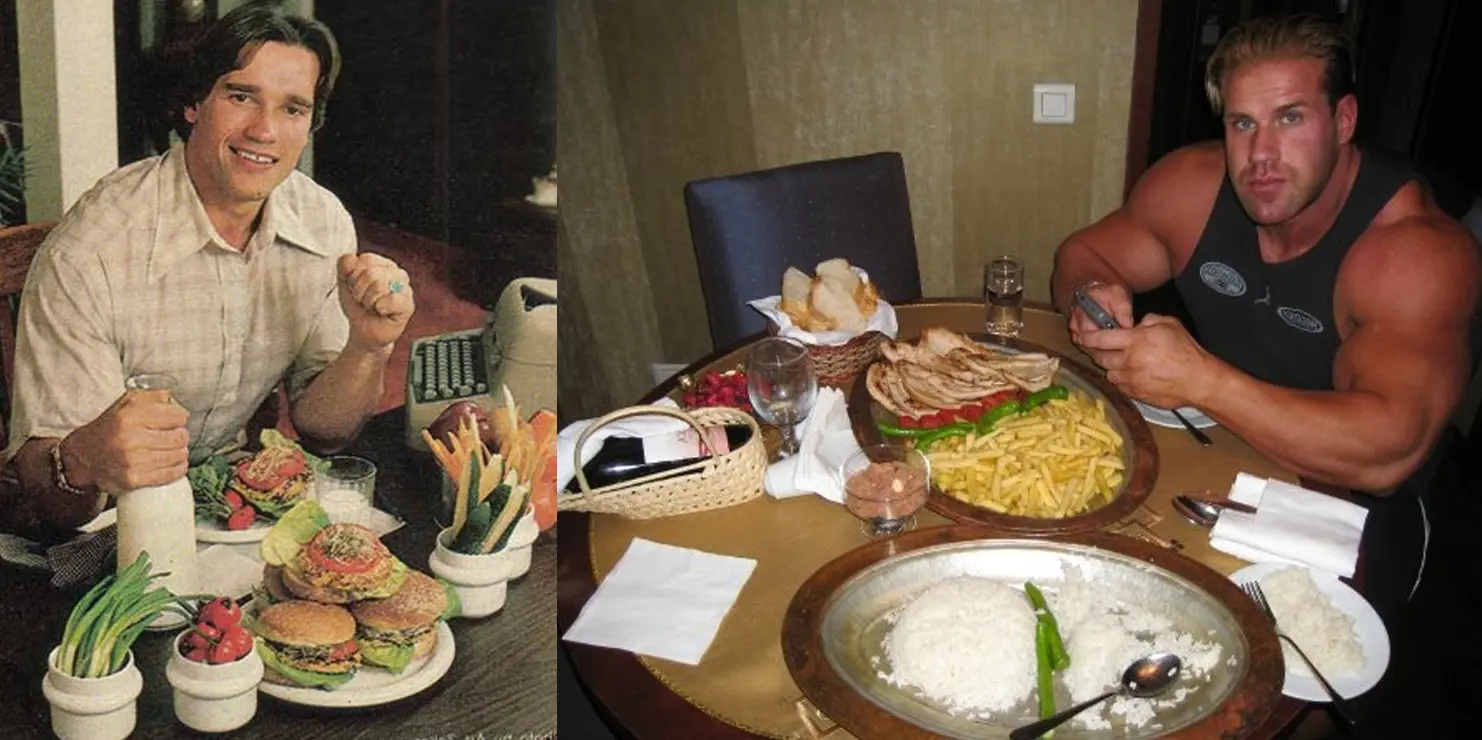


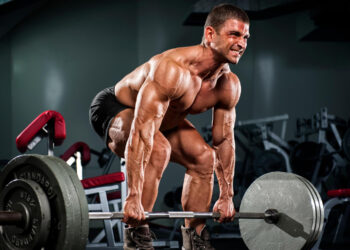
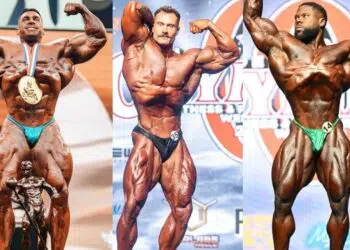
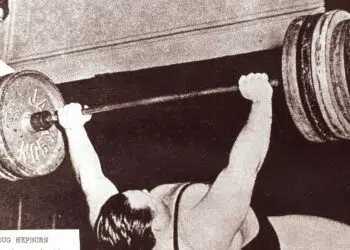
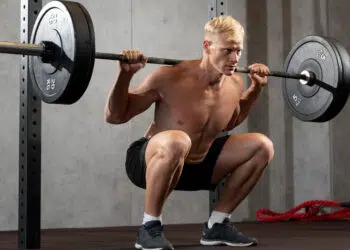
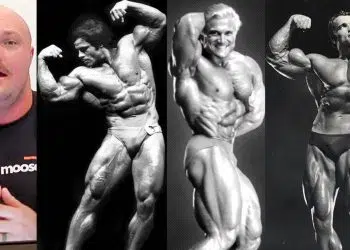

I’m interested reading great information from your article.